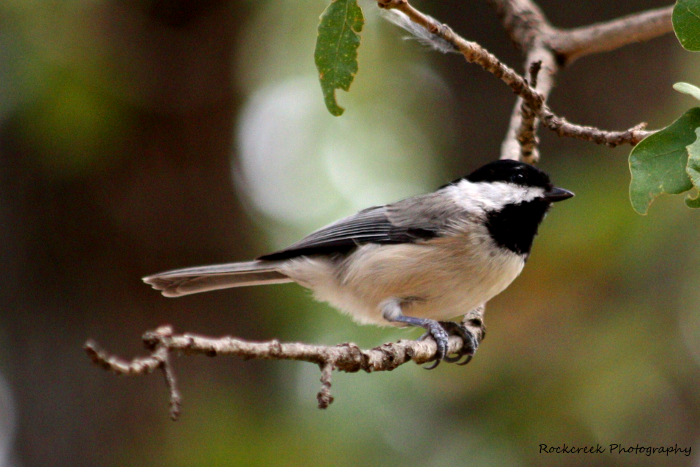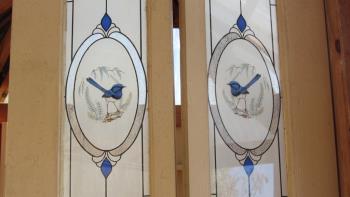The Black-Capped Chickadee - Did You Know...
By Sheila Brown
@sgbrown (1638)
United States
April 28, 2016 6:17am CST
The black-capped chickadee is one of the most common birds at my bird feeder. With their small little bodies and large round heads and seemingly tiny eyes, they are also one of the cutest. They are brave little birds, staying on the feeder when I come close and watching me from the nearby tree limbs. They always seem to be so curious.
They are unmistakable, with their small size, black cap and bib. They are only about 4.7 to 5.9 inches in length and weigh only .3 to .5 ounces. They are smaller than most sparrows. They have a gray back, wings and tail with a buff colored underside.
The black-capped chickadee does not migrate and are very common in northern and central parts of the United States. Being very curious and brave little birds, they are also very smart. They will hide their seeds and other source of food in different spots. They can remember thousands of “hiding spots” and will return to them later to eat.
Chickadees eat mainly seeds, berries and suet in the winter. In warmer weather they will also eat insects and spiders. If you watch them at your bird feeder, they will take a seed and fly up in the tree. There they will peck a hole in the shell and peck out the seed.
Scientists have found that the chickadee will allow certain neurons in their brains to “die out” each fall. They are replaced by new neurons which allows them to adapt to changes in their environment each year.
Their “chickadee-dee-dee call is very complex. They can identity and communicate with other members of their flock. They also use their call as a predator alarm. The more “dee-dee” sounds in their call, the higher the threat level. Other birds also respond to the alarm call of the chickadee.
Chickadees nest in cavities in trees and will excavate a hole in rotten branches or soft wood. Both the male and female will excavate the hole and the female build a cup shaped nest inside. She will use moss and other course material for the base and line it with softer materials such as rabbit fur. They lay their eggs one time a year and there may be as many as 1 to 13 eggs in a brood. The eggs are very small and white with reddish brown spots.
The oldest known chickadee lived to be 12 years old.
7 people like this
6 responses

@BelleStarr (61409)
• United States
29 Apr 16
I am not sure I have ever seen a chickadee in the wild I am not sure they are indigenous to Connecticut.
2 people like this
@Missmwngi (12915)
• Nairobi, Kenya
28 Apr 16
Ooops so much i did not know about chickadee lol
1 person likes this













